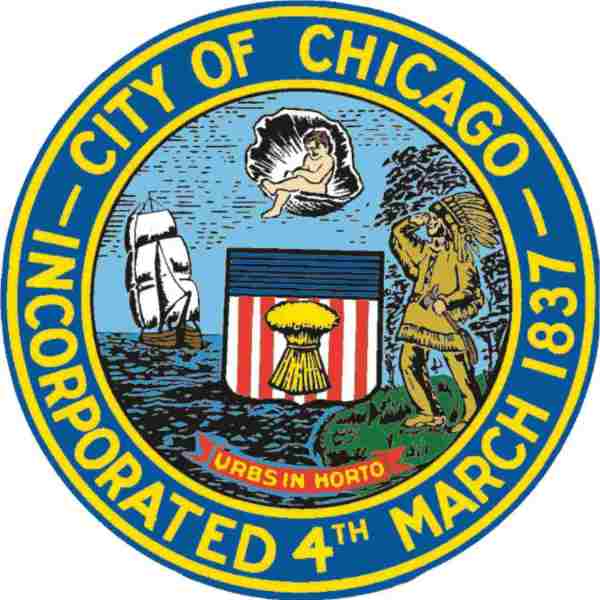Chicago Adopts 2018 IBC and International Existing Building Code

From NFSA President Shane Ray on the Chicago Building Code:

Chicago building code
NFSA played a key role in the progress made in the Chicago building code. Commitment from Tom Lia, NIFSAB, who has been working this for years, to Bob Tinucci, Field Operations, Jeff Hugo, Code/Public Fire Protection, to our members who have reviewed, commented and provided guidance has been enormous, not to mention the support from our Engineering Department, who reviewed documents, to Outreach and Government Relations, who assisted with press releases, to Administration who went and visited with staff from the City of Chicago Department of Buildings. This is the progress we can make when we utilize all our resources and work together toward our mission.
While not where we would have like to have been, it’s a lot of progress from where we could have been and where we were. This Code Modernization Ordinance advances saving lives and property with fire sprinklers.

Chicago’s modernized building code provides new rules for construction
The Chicago City Council passed the Phase 2 Building Code Modernization Ordinance, making the city of Chicago the 9th major jurisdiction in the United States to adopt the 2018 International Building Code (IBC) and International Existing Building Code (IEBC). This adoption marks the first comprehensive revision to the Chicago Building Code in 70 years.
The Chicago Building Code sets requirements for building construction, alteration, repair, maintenance, and demolition. Provisions of the code cover plumbing, heating, electrical, fire prevention, sanitation, zoning, and health and safety standards.
The Chicago Building Code is electronically available as part of the Municipal Code of Chicago.
Highlights regarding new construction
- High-rises stay at 80 feet. Eighty feet triggers all of the high-rise rules.
- Sprinklers are triggered at 70 feet. All construction over 70 feet requires fire sprinklers.
- R-1 occupancy: all hotels are sprinklered.
- R-2 occupancy: apartments: Over four units require fire sprinklers. However, up to eight units, with every two units in a two-hr. fire area and two interior stairs, are exempt.
- R-5 occupancy: single-family homes, two-flats and three-flats, and up to three townhouses for permanent residents: 1, 2, & 3 units are exempt from sprinklers, but there are incentives for installation. Note: the R-5 classification is unique to Chicago.
- A-2 occupancy: bars, nightclubs, and restaurants have fire sprinkler thresholds of 300 occupants or over 12,000 sq. ft. If more than four-feet underground, the threshold is 100 occupants. (While this threshold is above the current IBC, it is more stringent than Chicago’s current rules.)
- Referencing 2016 NFPA 13: Standard for the Installation of Sprinkler Systems editions: all sprinkler systems in critical facilities and high-rises will have seismic bracing.
Thanks go to Tom Lia at the Northern Illinois Fire Sprinkler Advisory Board, NFSA State Coordinator Bob Tinucci, NFSA Director of Codes and Public Fire Protection Jeff Hugo, and numerous partners in life safety who worked tirelessly to get to this point. All agree that there is still work to be done. But this is a huge step forward in advancing our mission.
Ever have a question about local codes and standards? NFSA members can connect with local chapters or call 443-863-4464 for answers and support from our codes, standards, and engineering experts. Not an NFSA member yet? Join our association today to learn more about the benefits that come with membership!
For over a century, the National Fire Sprinkler Association (NFSA) has served as the voice of the fire sprinkler industry. Our mission: advocating to protect lives and property through the widespread acceptance of the fire sprinkler concept. To join NFSA or learn more about the ways membership can benefit your organization, visit nfsa.org/join.
